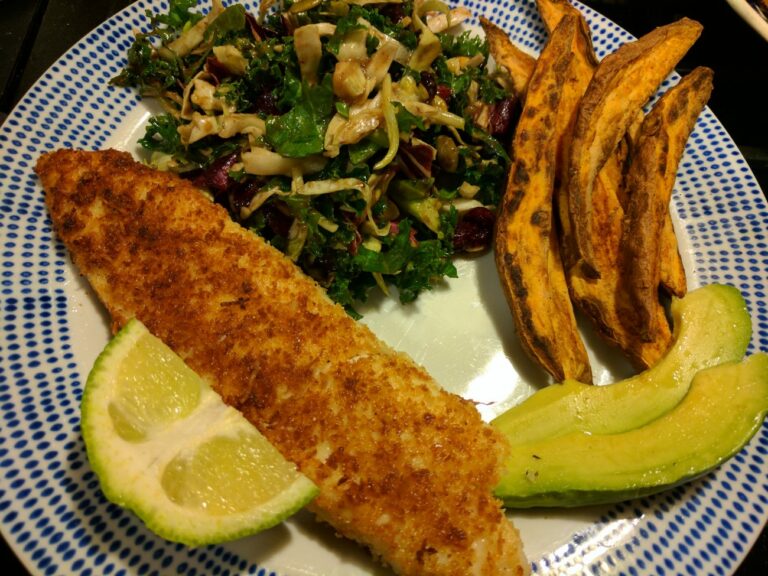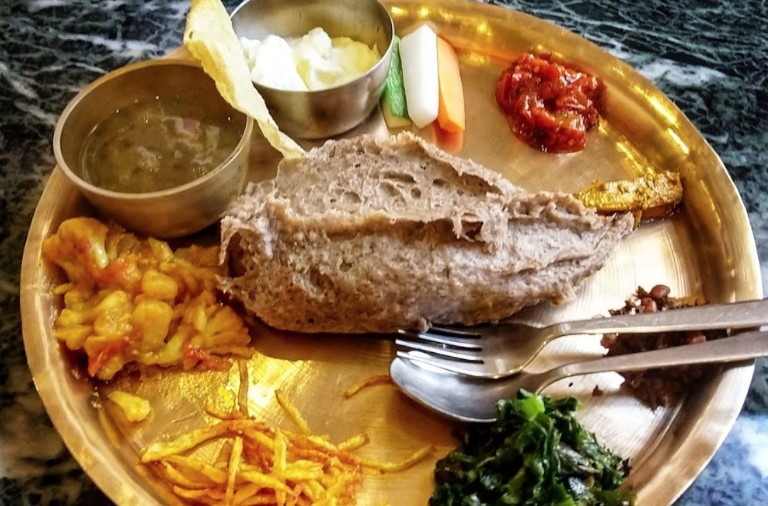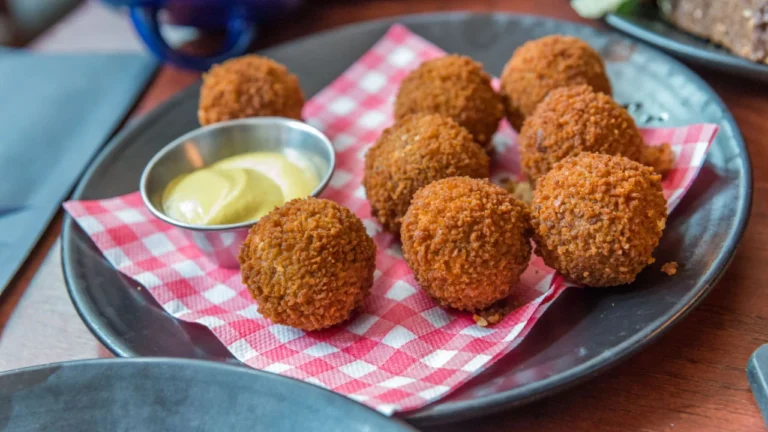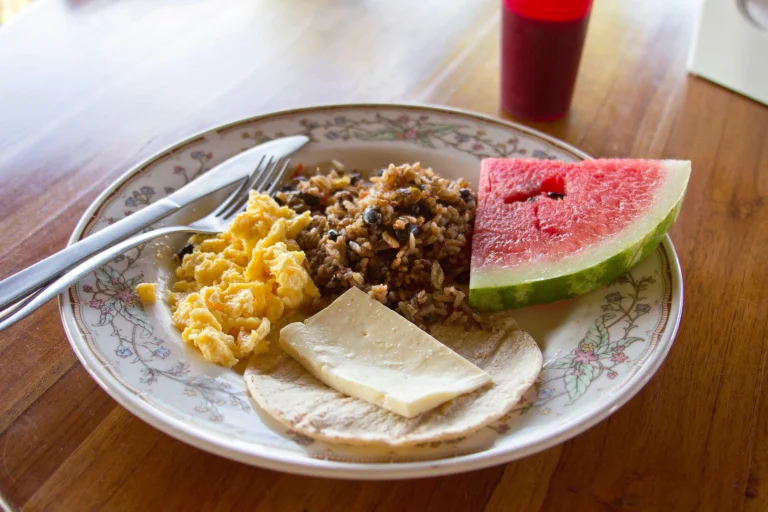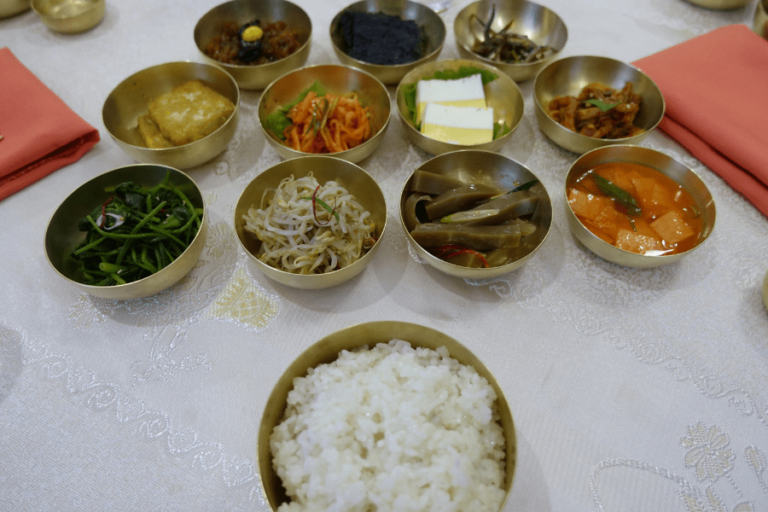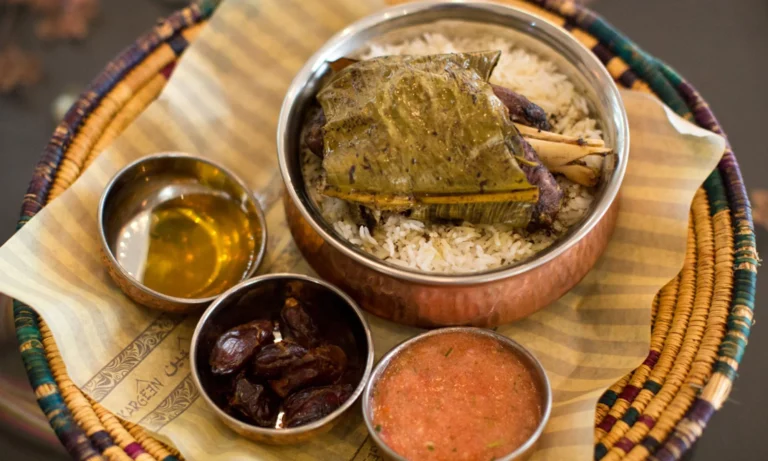Introduction: Nauruan cuisine
Nauruan cuisine is unique and highly influenced by its geographic location in the Pacific Ocean. The cuisine consists of a blend of traditional Pacific Islander flavors, as well as international influences from nearby countries like Australia and New Zealand. Seafood is a staple in Nauruan cuisine, especially fish and seafood caught from the surrounding waters. Additionally, vegetables, fruits, and coconuts are frequently used in Nauruan dishes.
Common ingredients in Nauruan dishes
Some of the common ingredients used in Nauruan dishes include coconut milk, taro, cassava, sweet potatoes, yams, breadfruit, and bananas. Seafood, such as tuna, mahi-mahi, and reef fish, are also commonly used. Because many of these ingredients are grown on the island, Nauruan cuisine is typically fresh and locally sourced.
Spices used in Nauruan cooking
Nauruan cuisine does utilize spices, but it is not typically known for being particularly spicy. Instead, Nauruan cooking tends to rely more on herbs and other seasonings to add flavor to dishes. Some of the common herbs and spices used in Nauruan cooking include ginger, garlic, lemon grass, coriander, and basil.
Overview of spiciness in Nauruan cuisine
While Nauruan cuisine is not known for being particularly spicy, there are certainly dishes that can be quite spicy. However, the level of spiciness can vary widely depending on the dish and the cook. Some dishes may be mild while others can be quite hot.
Examples of Nauruan dishes with different spice levels
One example of a mild Nauruan dish is coconut fish curry. This dish is made by simmering fish in coconut milk and curry powder, along with vegetables like onion and tomato. It has a mild and creamy flavor, with a slightly sweet taste from the coconut.
On the other hand, some Nauruan dishes can be quite spicy, such as ika mata. This dish is made by marinating raw fish in lime juice and coconut cream, along with chilies and onions. The chilies give the dish a spicy kick, along with the tartness from the lime juice.
Conclusion: Final thoughts on Nauruan cuisine spiciness
Overall, Nauruan cuisine is not typically known for being particularly spicy. However, there are certainly dishes that can be hot, depending on the ingredients and the cook. Overall, the cuisine is characterized more by its use of fresh local ingredients and a blend of traditional Pacific Islander flavors.

